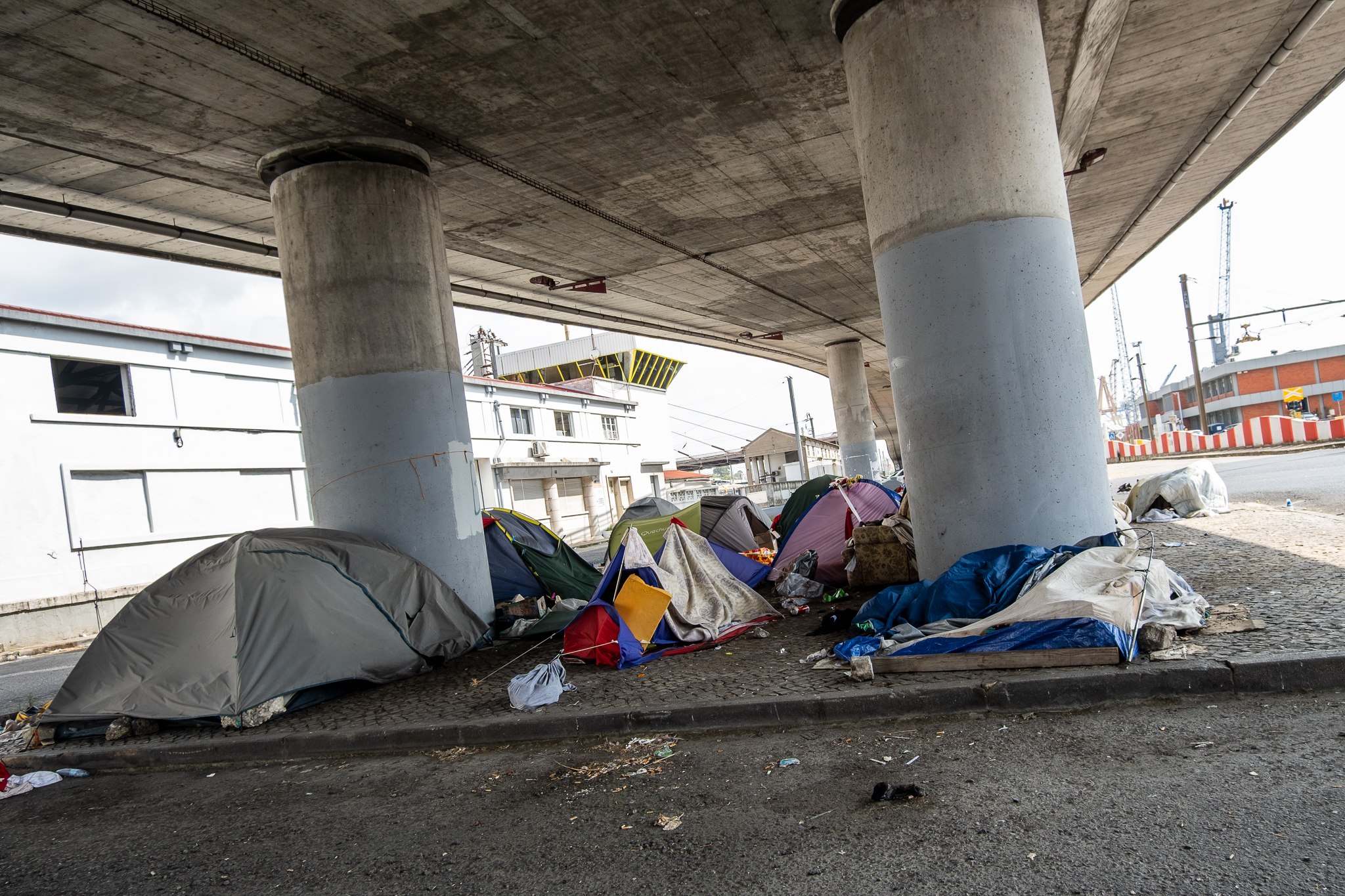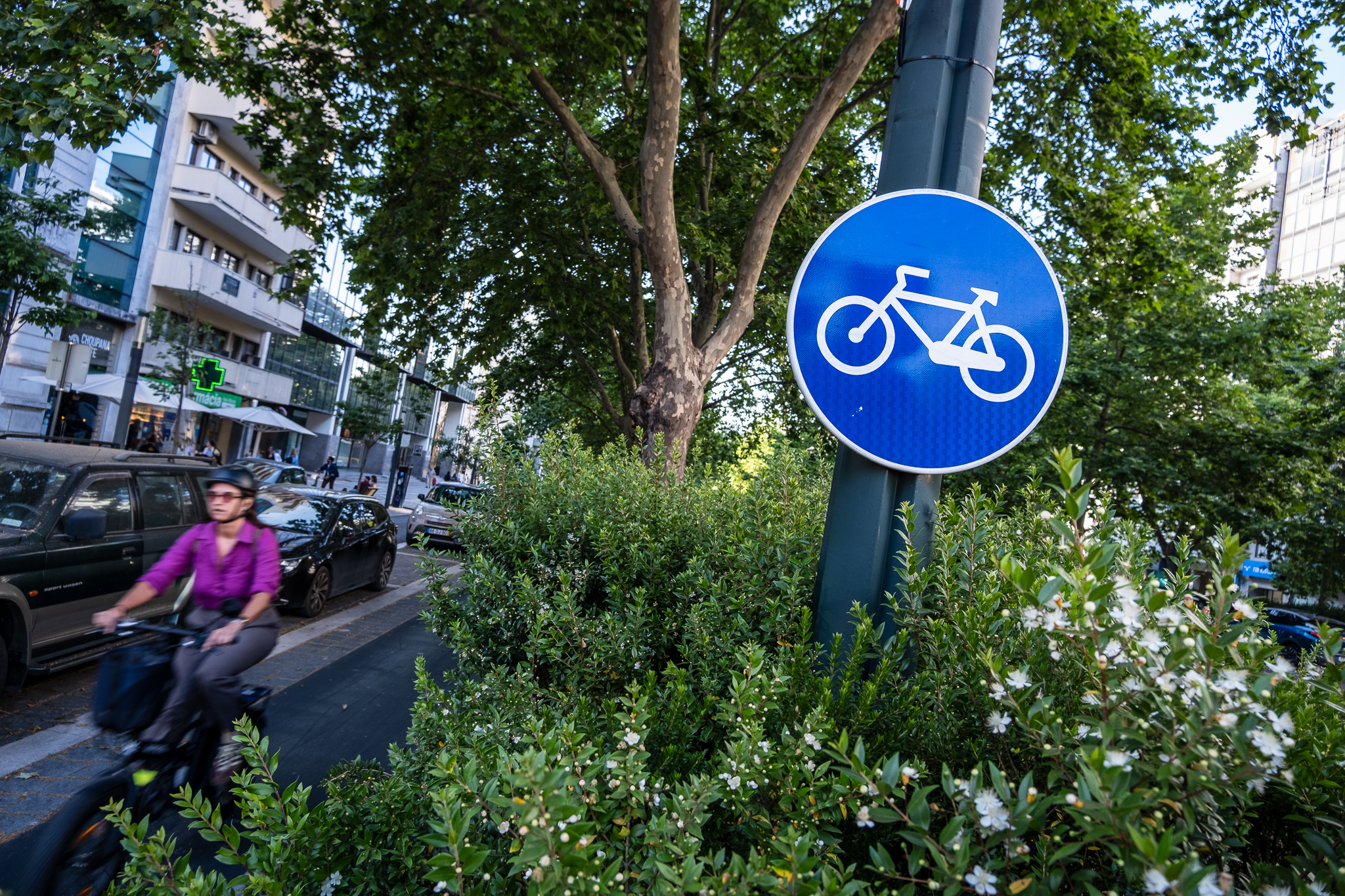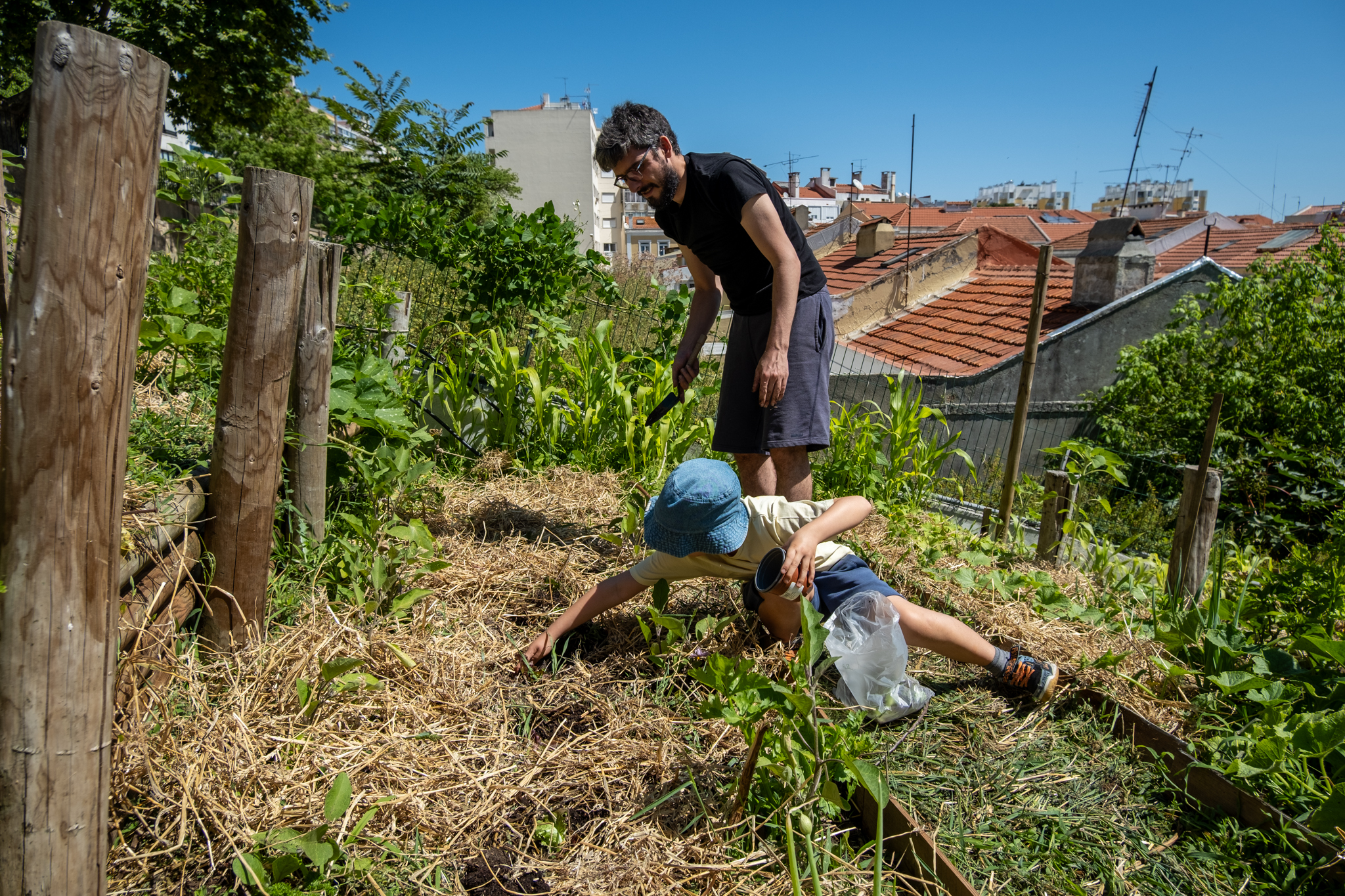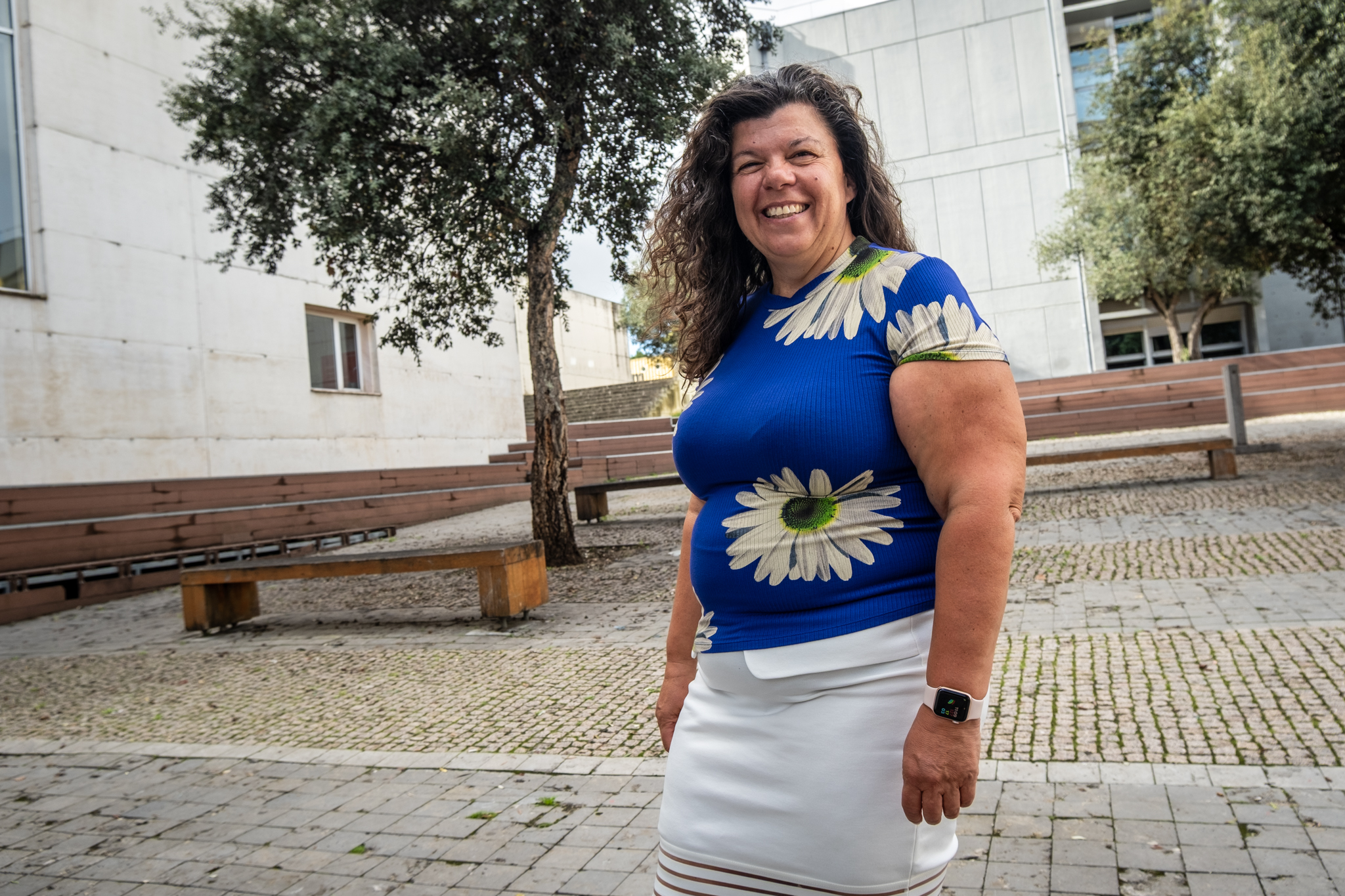How can history help us to break with the perspective that the bicycle didn't have much importance in Lisbon's daily life in the 20th century? This text is an invitation to reflect on some certainties and uncertainties regarding the bicycle.

This text is an invitation for us to reflect on some certainties and uncertainties regarding the bicycle. Why is it that we don't social imaginary it is common to take the view that Was the bicycle replaced by cars when the latter became popular? Or even that never constituted a significant part of people's mobility, leisure and sports in the previous century? And how can history help us to break with the perspective that the bicycle had no great importance in the daily life of Lisbon in the 20th century, being only a "fashion" of the present times, linked to issues of alternative mobility, environmentalism and climate concerns? As a way to understand these questions, I will present two lines of argument: the first as a review, starting from the book A U-Turn to the Future. Sustainable Urban Mobility Since 1850In a second moment, we will analyze the state of the historical sources about Lisbon's past, what are their challenges and what are some of their analytical potentials.
The book U-Turn to the Future1 makes considerations about the importance of long-term thinking, which is the subject of history as a scientific field, to reflect on issues of the present. And that is not to suggest that we make a use of the issues and solutions of the past for our days, but that we understand that the way things are in the present is the result of processes, disputes, constructions and conflicts of various social actors. The future was not something pre-defined, and the results we see today often hide alternatives that were thought about, as well as unintended consequences of the narrative that became dominant at the time, namely the discourse of private mobility and how the city should behave and be designed to meet this expectationthat we are dealing with today as a challenge to be solved.
A first point to think about these uses of the past is to identify these narratives ("techno tales"), which have great persuasive force in technical and political discourses, to defend the linear and fatalistic narrative that things are as they are, because there were no alternatives in the past. Specifically, for the case we are interested in discussing at the moment, the narratives that the automobile would inevitably dominate over other forms of mobility. This can also be thought of for other lines of reasoning such as that a more technologically complex object necessarily makes the more "low tech" one "outperform", when we know that things coexist. The car did not abolish the use of the bicycle, just as the bicycle did not abolish the use of carts. Thus, it is essential to realize that the automobile was not the only desirable or homogeneously accepted option. We can see, therefore, that this construction made from the interwar period was a narrative that was "sold" and that, to this day, is extremely difficult to deconstruct.
A second use of the past that is pointed out by the book U-Turn to the Future é find stories in the pastthe subaltern voices that we don't know and that represent the modes of mobility that have been subalternized, that have been a minority, whose exclusion has also generated an erasure in the history of urban mobility. In the research developed in the project Hi-BicLabwe are progressively finding records of the existence of cycling mobility in Lisbon in the archives. An example of this invisibilization is that in the traffic count records of Junta Autónoma de Estradas from the beginning of the century, namely from 1937 to 1938, the way to count bicycles was jointly with wheelbarrowsIt is only from the 1949 to 1950 counts that bicycles are counted individually; in the counts from 1955 on, with the advent of automatic meters, there begins a differentiation by the different types of bicycles. These counts, even so, are only about accesses to the perimeter of the Lisbon municipality and not about the municipality's internal circulation data. This example serves to reinforce that the counts themselves, the ways of thinking about urban planning and the development of traffic concepts have, for many years, not considered in a comprehensive and meaningful way the other modes of mobility besides car mobility. The invisibilization is not only statistical, but also cultural, because the image that has been socially accepted, as announced at the beginning of the text, is that the history of urban mobility by bicycle is recent, that it took place mainly from the 2000s with the implementation of the first bike paths in Lisbon, which falls apart when we contrast with the sources from the past that show this presence in a significant way.
And finally, the third proposal about the usable past deals with the identification of embedded factors and persistences that have promoted or inhibited bicyclingThis creates a kind of "path dependencies"; that is, ways of making decisions in the past that are conditioned and presented to people in a way that is dependent on previous decisions or experiences in the past. This generates a kind of immobilism from the perspective of conforming to the way things are, because they are already part of an accumulation of decisions, which can generate appearance that we have no alternatives.
Lisbon's past from the historical records

The photograph above, by Arnaldo Madureira, is one of the examples of what we have found about the uses of the bicycle during the 20th century. Professional use was one of the great strengths of the bicycle. We have several records of traveling salesmen and saleswomen, of professional categories such as the billetiers, the armed forces and police, as well as sporting uses of the bicycle. A photograph similar to this one was rephotographed by filmmaker Charlotte Seegers, with assistance from the Hi-BicLab team, and integrated, along with nine other scenes from the cycling past, in our exhibition "A cidade para quem? Quotidianos cicláveis das ruas lisboetas do século XX" opened at CIUL last January (at this moment, and until June 16th, it is at the library of the Science Faculty of the NOVA University of Lisbon).
This exhibition aimed to instigate reflection, through text and image resources, on how Lisbon's past is marked by multimodality and by uses of space that were not exclusively for cars. This more visual character of the sources presented helps to provoke our imagination and think that we once had another city, the futures were not pre-determined and were the result of disputes by various social agents. Thus, by knowing these pasts, we can think about which arguments and projects for the city we would like to think about in order for it to be more and more inclusive.
Photographs help to enrich the imagination, but it is not only these sources that we are finding. At the Lisbon Municipal Archive, we are making several discoveries of records not yet worked on, ranging from regulations, urbanization plans, to individual records of the societal profile (age, name, address, profession) of more than 20 thousand cyclists during the early 20th century. That is, throughout the 20th century, in counterpoint to the logic of urban mobility by bicycle in Lisbon as a "fad" of the 21st century, it is already possible to prospect not only quantitative but also qualitative questions about who were these people, where they lived, their jobs and, from the crossing of sources, we intend to answer several questions about the uses, profiles and the importance of the bicycle for these people.
About the project
O Hi-BicLab is an exploratory project funded by the Foundation for Science and Technology (EXPL/FER-HFC/0847/2021), which aims to mobilize history to engage different audiences in identifying key social, cultural and technical factors that have shaped the mobility (and immobility) of people, broadening our repertoire of city pasts, working in an interdisciplinary approach and involving partners in the co-construction of knowledge about urban mobility through thinking in the long term. Therefore, by understanding that the past is not a monolith, but a space in which, from research, we can grasp more layers of what happened and question our perceptions of the past, the present and think about our alternatives for the future.
1 Frank Schipper, Martin Emanuel, & Ruth Oldenziel (2020). Historicizing Sustainable Urban Mobility. In M. Emanuel, F. Schipper & R. Oldenziel (Eds.), A U-Turn to the Future. Sustainable Urban Mobility since 1850 (pp. 1-26). New York: Berghahn Books







